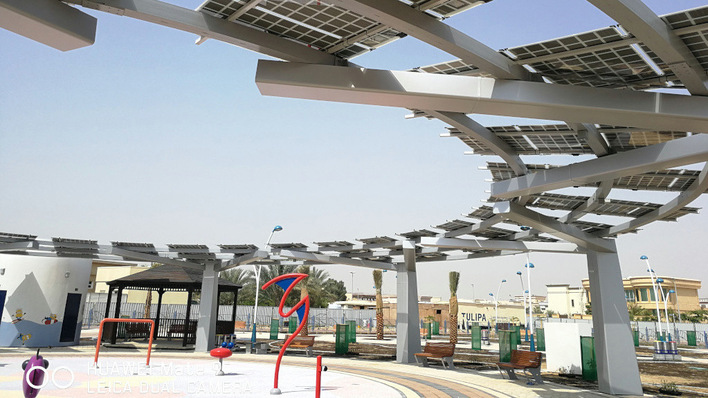The Design Faculty at Coburg University is currently developing a solar-powered tiny house. The developers turned to IBC Solar for the photovoltaic power supply. "Our interest was quickly aroused, because the combination of energy independence and sustainable building materials is also very exciting for us," recalls Stratis Tapanlis, who is responsible for commercial energy systems at IBC Solar.
See also: IBC launches citizen participation platform for solar parks
The system provider from Bad Staffelstein then worked with the university's students, who designed the building in the 2021 summer semester, to design a solar system with a controller and storage unit to supply the building. IBC Solar also provided the components as part of a sponsorship.
Renewable raw materials used
The idea was to create a CO2-free experimental building in which energy monitoring can be carried out over several years while the building is inhabited. The special feature: The living concept should not only function energy-autarkically, but also manage without CO2-emitting building materials. "We were very impressed by the design of the Tiny House according to cradle-to-cradle principles with renewable raw materials such as straw, wood and clay," says Tapanlis. "A sustainable energy supply is an equally important component for housing concepts of the future. And we are very happy to contribute to this."
Fully supplied with solar power
The students wanted to implement this sustainable energy supply. The building is to manage completely without a grid connection and the energy supply is covered exclusively by the photovoltaic system. The surplus solar energy in summer is also to be used to charge e-bikes. To achieve this, twelve solar modules from IBC with a total output of 4.4 kilowatts were installed. They were mounted on a TopFix 200 Eco on the trapezoidal sheet metal roof of the building. To achieve a self-sufficient supply, the planners also integrated a BYD storage unit with a capacity of eight kilowatt hours into the system. Thanks to the modular design of the storage unit, it could also be expanded in the future if the system were to be extended.
Integrated heating for the winter
Heating for the coming winter was also connected, and the first guests were able to spend the night in the tiny house. This is because the experimental building is available to guest lecturers and students during the academic year from March to December. It is intended to show them how energy-autonomous and CO2-neutral living can be implemented in practice.
Also interesting: How to avoid expensive planning errors in BIPV
This is because the concept of the tiny house is being used in more and more areas of application, especially in the use of small remaining areas in the city to make low-cost living possible here. In addition, the desire for self-sufficiency can be realised particularly well in a tiny house - this also applies to energy independence, which is particularly easy to realise with the help of solar energy and a manageable storage volume for the compact living concept, the project partners emphasise. (su/mfo)







